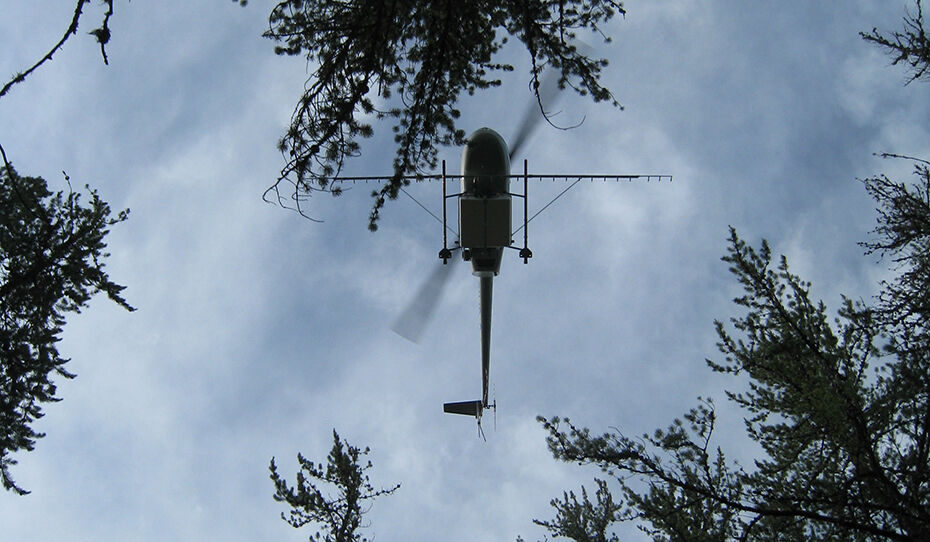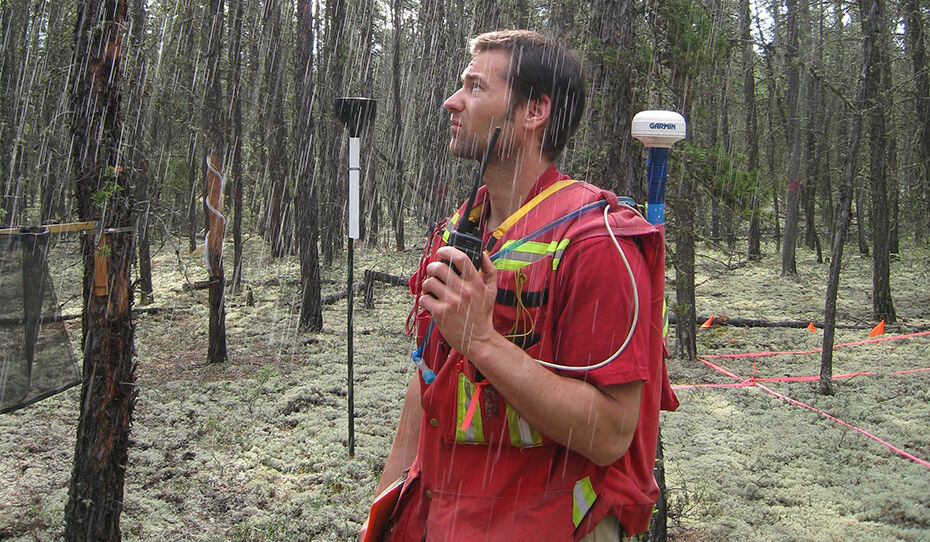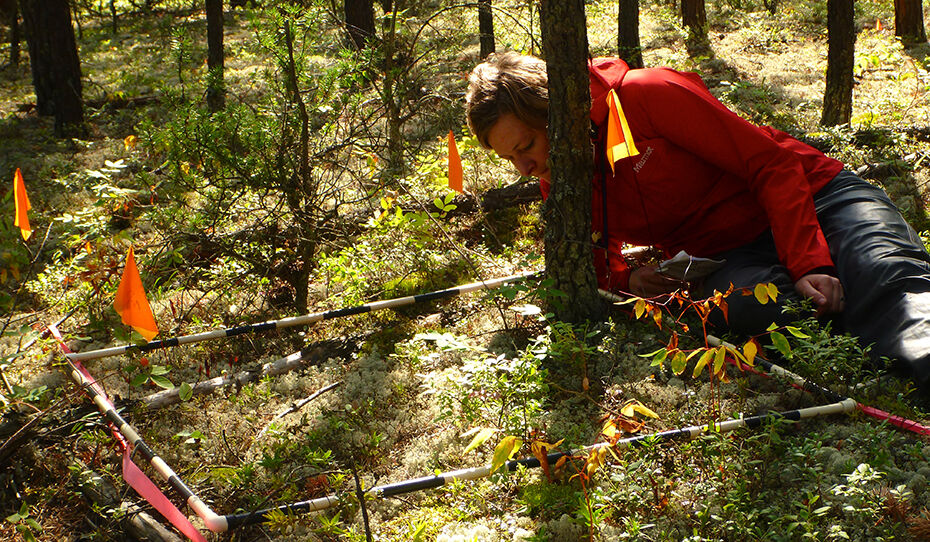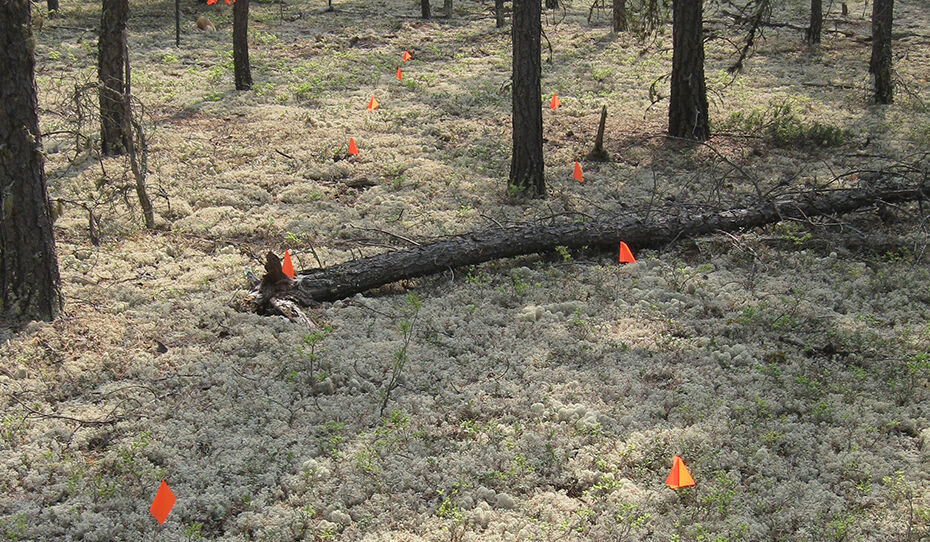Assessing the impacts of experimentally applied nitrogen additions to jack pine forests, bogs and fens in the oil-sands region of northeastern Alberta to determine critical loads for nitrogen emissions in the region.




Previous image
Next image
This project is part of an interdisciplinary, five-year collaboration between academic and consulting researchers that began in 2011 and ended in 2016. The purpose of the project was to determine ecological thresholds (“critical loads”) for anticipated increases in emissions of nitrogen oxides (NOx) in the oil-sands region of northeastern Alberta.
NOx emissions can be produced by natural events such as wildfire, but also result from bitumen-extraction activities in the region. These emissions have increased substantially in the last few decades, and are expected to continue to rise with increasing development. Deposition of NOx compounds has the potential to alter nitrogen cycling, possibly leading to adverse ecosystem changes in boreal systems. Ecosystem responses to nitrogen loading vary temporally, spatially, and by ecosystem type.
For this project, we focused on two key ecosystems that are expected to be sensitive to nitrogen loading: bog-fen wetland complexes and jack-pine uplands. We are working in the jack-pine uplands to assess the ecosystem response to nitrogen loading over a 5-year period. Nitrogen is applied over the forest canopy by helicopter multiple times per year, during the summer months. The goal of the research is to use measured ecosystem responses to applied nitrogen to inform a region-specific nitrogen critical load. This critical load will be used by the project funders and policy-makers to develop recommendations on how NOx emissions should be managed in the region to protect boreal ecosystems.



